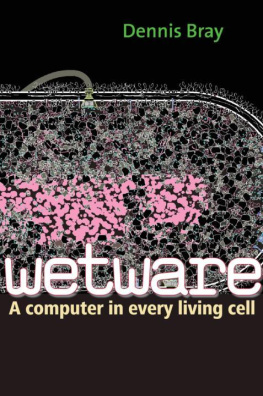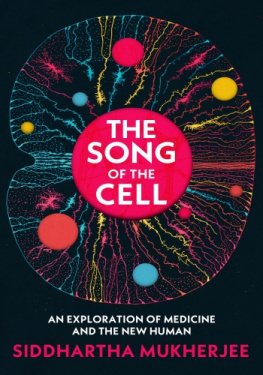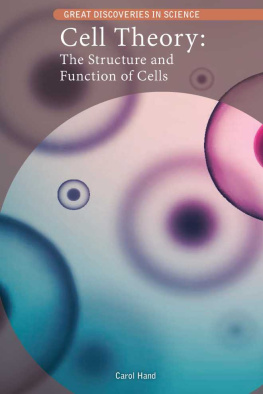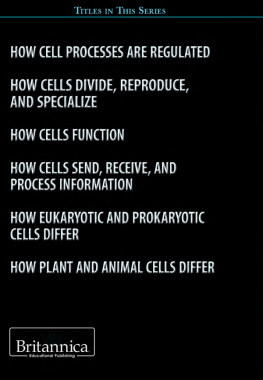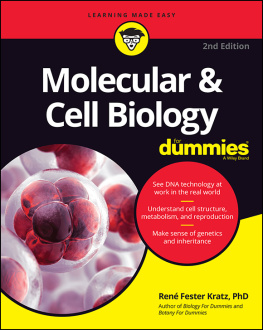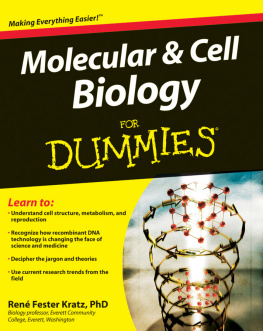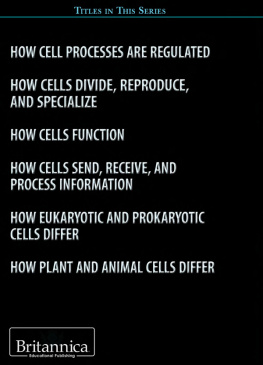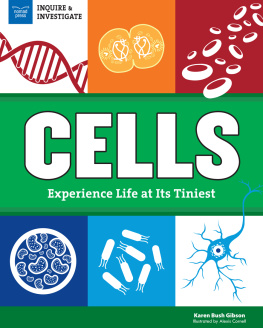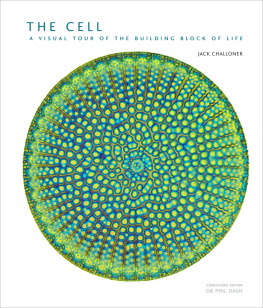



Dennis Bray




For Maggie, Claire, Simon, and Phoebe, with love
A goal for the future would be to determine the extent of knowledge the cell has of itself and how it utilizes this knowledge in a "thoughtful" manner when challenged.
-BARBARA MCCLINTOCK, Nobel Prize acceptance lecture, 1983

ix
I


It cannot be denied, however, that those systems that do possess consciousness-principally human beings are themselves made of cells. A very large number of cells, it is true, and linked in highly complex ways, but cells for all that. Moreover, there is a direct link in evolution and development between a single cell and humans. Cells are undeniably the "stuff" from which consciousness is made.
Some say that organization is paramount. If we were able to replace each nerve cell in our brain with an equivalent silicon device, they claim, then the outcome would be an entity with all the mental states of the original. The idea that computers of the future will be sentient and experience internal mental states is the starting point of many science fiction stories, part of the zeitgeist. But this is a theory without evidence. We do not know it to be true. My own view, as you will see, is that present-day electronic devices and robots are woefully inadequate in this regard. They lack the multiplicity of states and plasticity displayed by living systems; they are unable to construct and repair themselves.
Living cells have an unlimited capacity to detect and respond to their surroundings. An unending kaleidoscope of environmental challenges has been present throughout evolution. Organisms have responded by changing their chemistry; any that failed to adjust became extinct. And the richest source of variation was in the giant molecules that distinguish living systems. From a time-compressed view, the sequences and structures of RNA, DNA, and proteins can be thought of as continually morphing in response to the fluctuating world around them. These changes are cumulative with each modification adding to those that have gone before. It is as though each organism builds an image of the world-a description expressed not in words or in pixels but in the language of chemistry. Every cell in your body carries with it an abstraction of its local surroundings in constellations of atoms. A basic knowledge of and response to the environment are integral parts of every living cell's makeup.
The term wetware is not new, but I think it has not been closely defined before. Wetware, in this book, is the sum of all the informationrich molecular processes inside a living cell. It has resonance with the rigid hardware of electronic devices and the symbolic software that encodes memories and operating instructions, but is distinct from both of these. Cells are built of molecules that interact in complex webs, or circuits. These circuits perform logical operations that are analogous in many ways to electronic devices but have unique properties. The computational units of life-the transistors, if you will are its giant molecules, especially proteins. Acting like miniature switches, they guide the biochemical processes of a cell this way or that. Linked into huge networks they form the basis of all of the distinctive properties of living systems. Molecular computations underlie the sophisticated decision making of single-cell organisms such as bacteria and amoebae. Protein complexes associated with DNA act like microchips to switch genes on and off in different cells-executing "programs" of development. Machines made of protein molecules are the basis for the contractions of our muscles and the excitable, memory-encoding plasticity of the human brain. They are the seed corn of our awareness and sense of self.
When a friend asked me who this book was for, I ingenuously answered, "Myself." Over the years I had acquired a ragbag of unanswered questions relating to living systems, computers, and consciousness and it was time to think them through and put them into order. So I did indeed set out, as John Steinbeck says in his gavels with Charley, "not to instruct others but to inform myself." But the discipline of writing calls for a voice and demands an imaginary reader. As I worked I found myself laying out my arguments as clearly as possible to someone lacking specialized background in biology or computers. My imaginary reader has a high school or equivalent background in basic science and a philosophical inclination. Ideally, she is already interested in such things as the comparison of living systems and computers and the origins of sentient properties from inanimate matter.
The central thesis of the book-that living cells perform computations-arises from contemporary findings in the biological sciences, especially biochemistry and molecular biology. It is a leitmotif of systems biology, although the philosophical ramifications of that new discipline are rarely expressed. Many readers with direct experience of computer-based games and virtual environments will also have wondered about their relationship to the world of real organisms. I hope that they will find here an elaboration if not an answer to their questions.
This book took shape over many years and owes much to friends and colleagues. Hamid Bolouri and Armand Leroi saw an early version, and I am grateful for their positive response despite obvious flaws. Graeme Mitchison read the manuscript from beginning to end, and his comments took the book to a higher level. At a later stage, Horace Barlow made crucial improvements to the text as well as adding his considerable insight into the way the brain works. Aldo Faisal, Steve Grand, Frank Harold, Dan Heaton, Auke Ijspeert, Lizzie Jeffries, Dale Purves, Hugh Robinson, John Scholes, Yuhai Tu, Rob White, Be Wieringa, and Alan Winfield each helped me in difficult areas and made valuable sugges tions. Claire Strom, super editor, went through the text like a butcher with a cleaver, flensing away the pompous verbiage we scientists are so fond of. Her daughter, Phoebe, age fifteen, used a lighter touch to identify missing explanations ("Sometimes I think I get this and then it goes Poof!"). Literary agent Peter Tallack and Yale editor jean Thomson Black combined professional criticism with a genuine enthusiasm for the project that carried me along. Thank you all.
Next page
